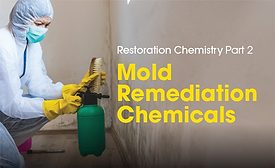Mold Remediation
What is My Liability Under My Mold Remediation Contract
A review of your personal and professional obligations.
Read More
Stay ahead of the curve with our eNewsletters.
Get the latest industry updates tailored your way.
JOIN TODAY!Copyright ©2025. All Rights Reserved BNP Media.
Design, CMS, Hosting & Web Development :: ePublishing













